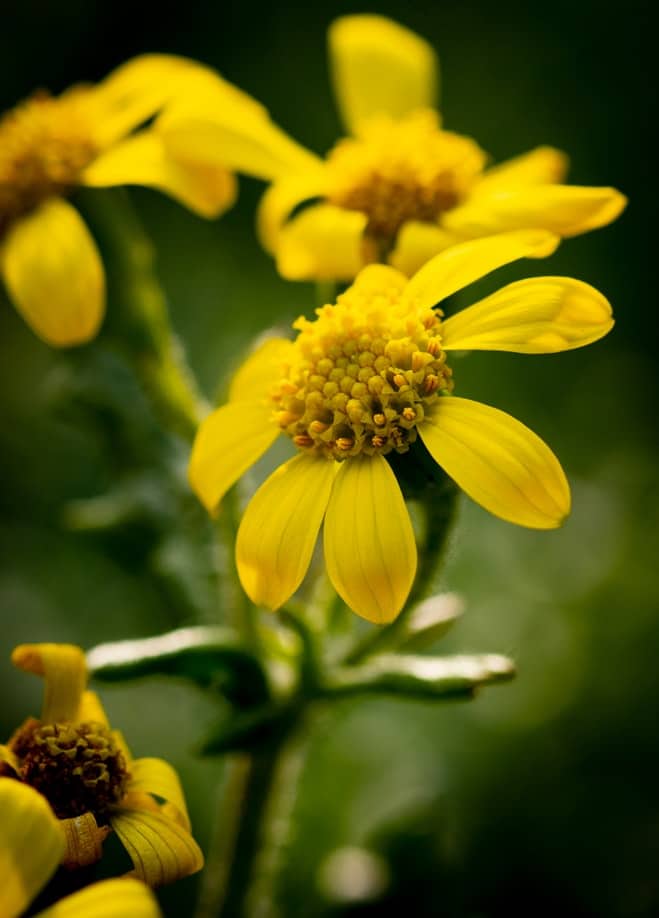May is the best time to enjoy the flowers at Lyndale Park Rose Garden, but it’s also one of the worst times for those with pollen allergies. Below we review everything you need to know about what pollen is, how to track pollen counts and how to limit your exposure.
What’s Pollen?

Pollen is the fertilizing agent of flowering plants like trees, grasses and weeds. It’s a fine yellow powder that floats in the air and is easily carried on the wind for miles.
Pollen is an allergen and the main trigger for seasonal allergies (also called hay fever). When someone who is allergic to pollen comes into contact with the substance, their immune system overreacts and causes cells to release histamine, a chemical that triggers mucus production, inflammation and other common allergy symptoms.
Tracking Pollen Counts
To reduce pollen allergies, you can track pollen counts in your area. Air sampling devices around the country collect data about how much pollen is in the air 24 hours a day, 7 days a week. This data is reported online on the National Allergy Bureau’s page. This information is also available on your local Minnesota weather channel during the local forecast.
Strategies for Reducing Pollen Allergy Symptoms
To reduce symptoms of pollen allergies, we recommend the following:
- On days when pollen counts are high, stay indoors and keep the windows shut. These are usually dry, windy days. The best time to go outside is after a good rain, as this helps clear the pollen from the air.
- Shower and change clothes after spending time outdoors. Pollen sticks to clothes, skin and hair, so be sure to remove allergens before tracking them through your home.
- Hire a landscaper or delegate outdoor chores to someone without allergies. Especially those that involve weeds, grasses and trees.
- Run your air conditioning to help purify the air in your home.
- If you don’t have air conditioning, we recommend investing in a high-efficiency particulate air (HEPA) filter.
For more information about managing pollen allergies, call the experts at Midwest Allergy & Asthma today.
